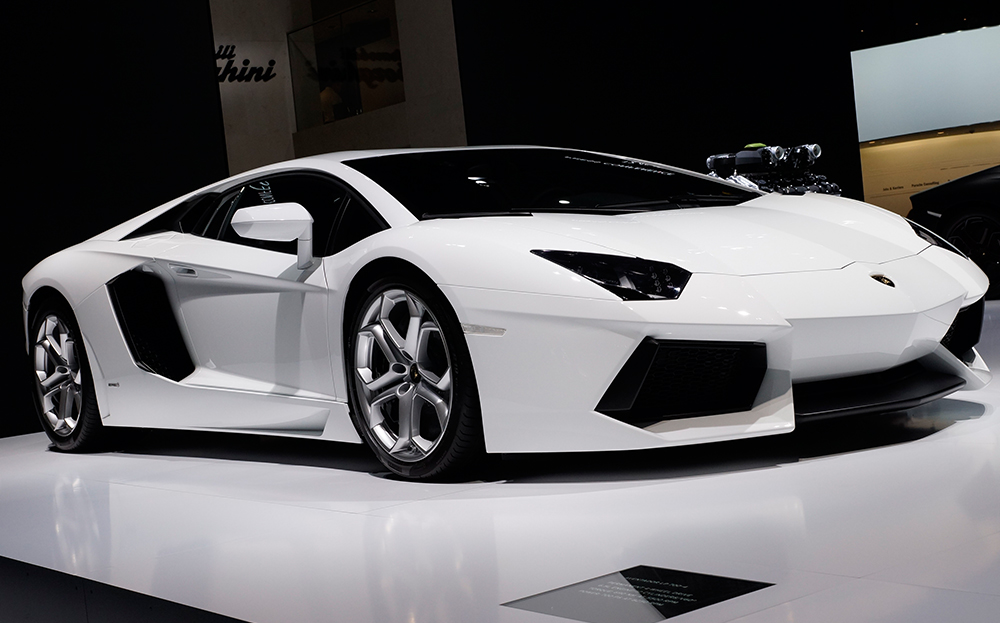New cars with the longest warranty
Prefer peace of mind when you buy a new car? These cars will help you sleep better

CARS ARE expensive and complicated so when they go wrong, it can be a very costly business to fix them.
Don’t know your BHPs from your MPVs? Click to take a look at our car jargon buster
That’s why it’s important that car buyers consider the warranty that is provided by the manufacturer. The longer it is, the less chance drivers have of being hit with a wallet-busting bill. During the warranty’s period of cover, the manufacturer will repair faults free of charge, as long as the car has been serviced according to its maintenance schedule.
This week, Vauxhall performed a spectacular U-turn when it dropped its Lifetime Warranty, introduced in 2010. Then, Duncan Aldred, managing director of Vauxhall, said “We have confidence in the quality of our products, and we want our customers to benefit from that confidence, too.”
Now customers will be offered a three-year, 60,000-mile warranty on new Vauxhalls. This is typical of the cover offered by the majority of car companies, and many drivers will be unimpressed. If you’re one of them, and want to have the additional peace of mind that a warranty lasting more than three years can provide, or you’re buying a used car and want to benefit from what remains of the new car warranty, read on.
Below are those models, arranged by sector, that come with the longest warranties.
Jump to
City cars | Superminis | Hot hatchbacks and coupés | MPVs | Family cars | Large family cars | 4x4s & SUVs | Sports cars & convertibles | Supercars | Electric & hybrid cars
City cars
1. Kia Picanto
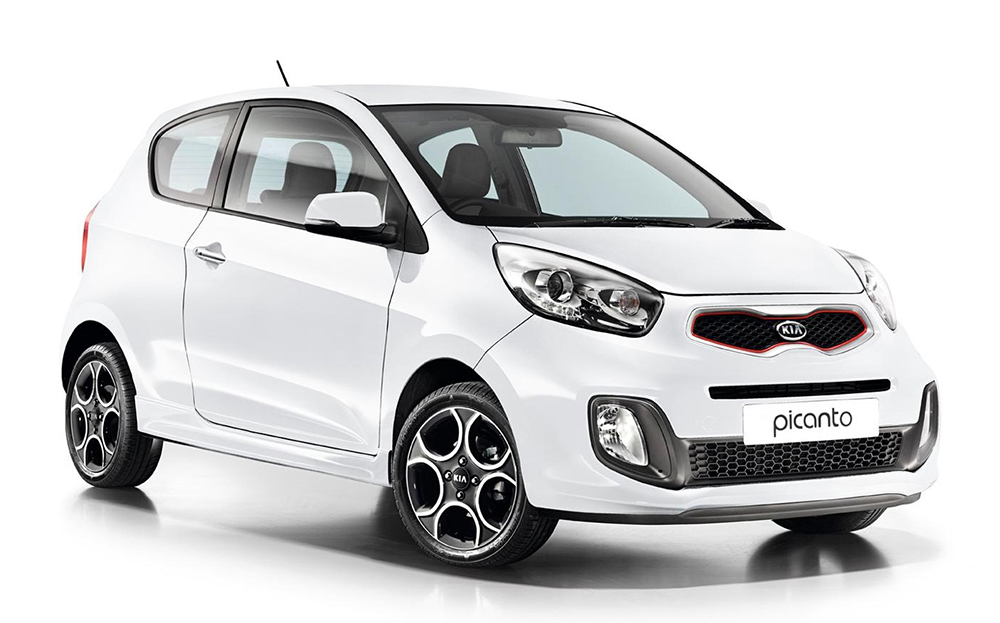
What you get: It may not have the style of a Fiat 500, but do you care when the Picanto has the longest warranty available from any car manufacturer, albeit one with certain caveats? It provides a total of seven years cover, unlimited in mileage for the first three years, then restricted to 100,000 miles until the end of the seventh year. The warranty can be transferred to any subsequent owner.
What you don’t get: There’s only one year of breakdown assistance provided – compared with five for Hyundai’s warranty, below. The seven-year warranty doesn’t apply to all components of the car; the battery and air conditioning are only covered for two years, and the audio system is covered for three.
Read Driving’s review of the Kia Picanto or search for a used Picanto here
2. Hyundai i10
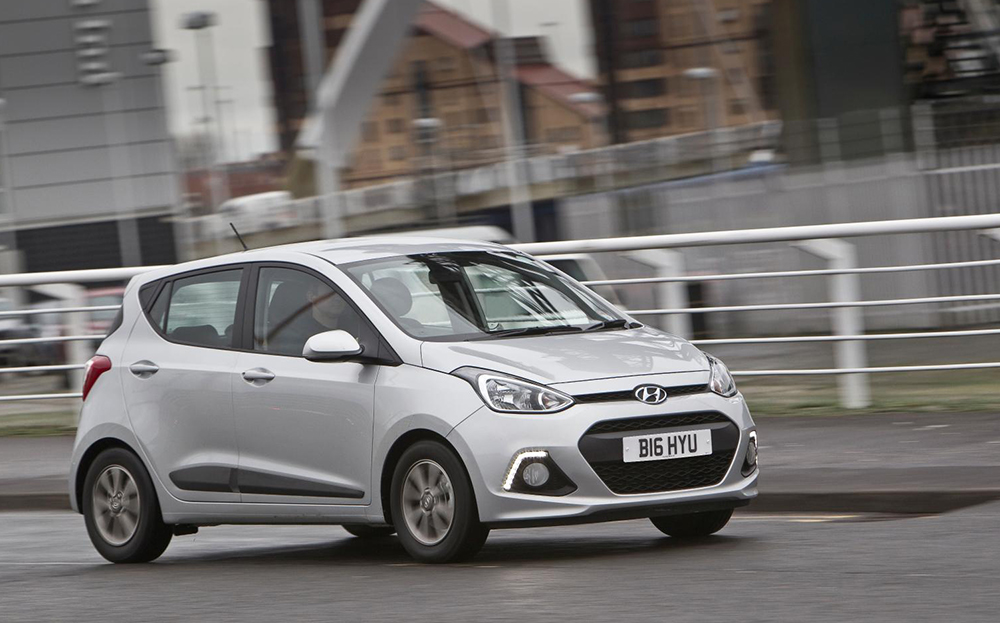
What you get: A city car that’s ideal for the high-mileage driver. It comes with a comprehensive five-year warranty that goes one step further than Toyota’s (below) by not putting any mileage restrictions in place. So drivers who cover over 20,000 miles a year could find that Hyundai’s warranty is actually even more valuable than Kia’s seven-year, 100,000-mile warranty. What’s more, it includes five years of breakdown assistance – four more than Kia or Toyota. It’s transferable to the next owner, too.
What you don’t get: There is an extensive list of restrictions here but highlights, as such, include just two years cover for the battery, clutch and the engine’s V belt. Most suspension components are restricted to a 60,000-mile limit within the five-year period.
Read Driving’s review of the Hyundai i10 or search for a used i10 here
3. Toyota Aygo
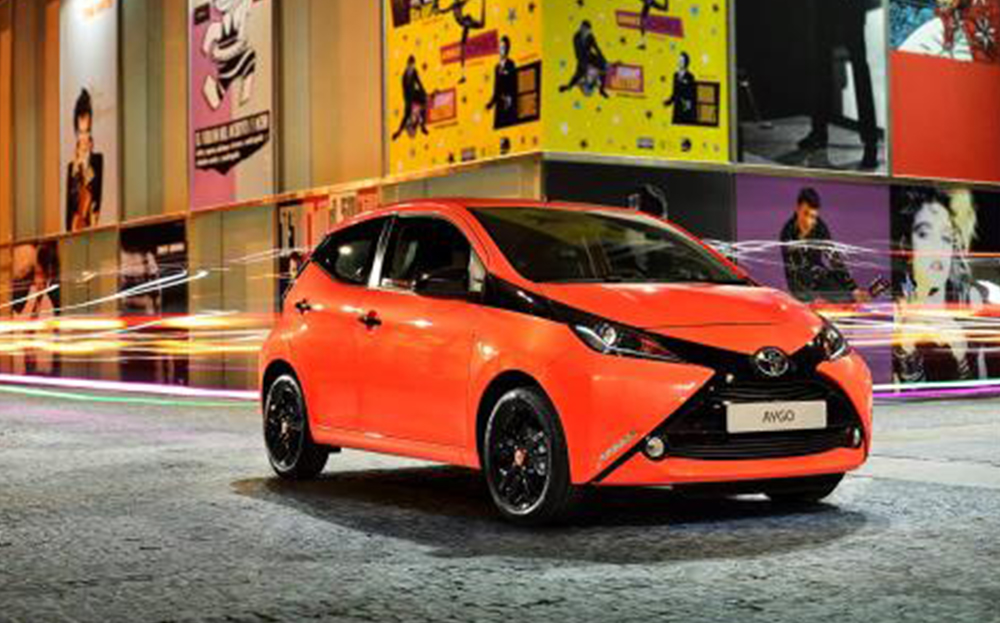
What you get: A five-year warranty which has no mileage restrictions in the first year and then reverts to a 100,000 miles limit. For many drivers, this will make the Aygo more attractive than the mechanically identical Citroën C1 and Peugeot 108. It’s also transferable.
What you don’t get: Toyota is generous, stating that there are no specific exclusions other than wear and tear. So if a manufacturing defect contributed to an item failing, it would cover the full cost without restrictions. However, there is only one year’s breakdown cover.
Read Driving’s review of the Toyota Aygo or search for a used Yaris here
4. Renault Twingo
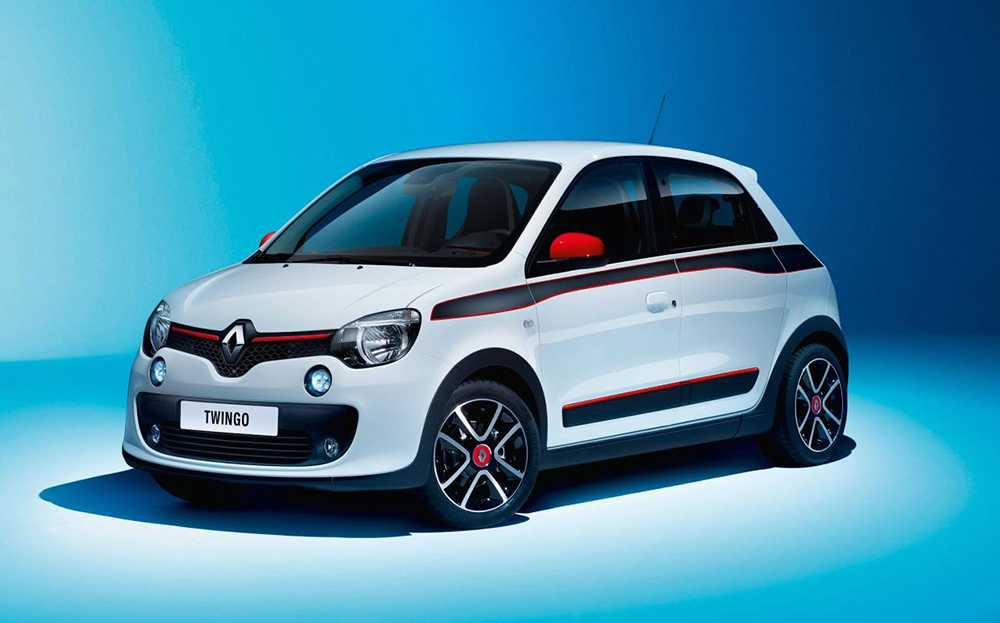
What you get: The all-new Twingo is a welcome addition to the city car market. It has a four-year warranty which has no mileage restrictions in the first two years, and is then limited to 100,000 miles. Renault switched to a four-year warranty in 2012, and the cover is transferable if you sell the car. It includes four years’ breakdown assistance.
What you don’t get: Wear and tear is the only caveat to Renault’s four-year warranty. The company says its dealers are responsible for establishing whether a manufacturing or assembly defect is responsible for a failure.
Read Driving’s review of the Renault Twingo
Superminis
1. Kia Rio
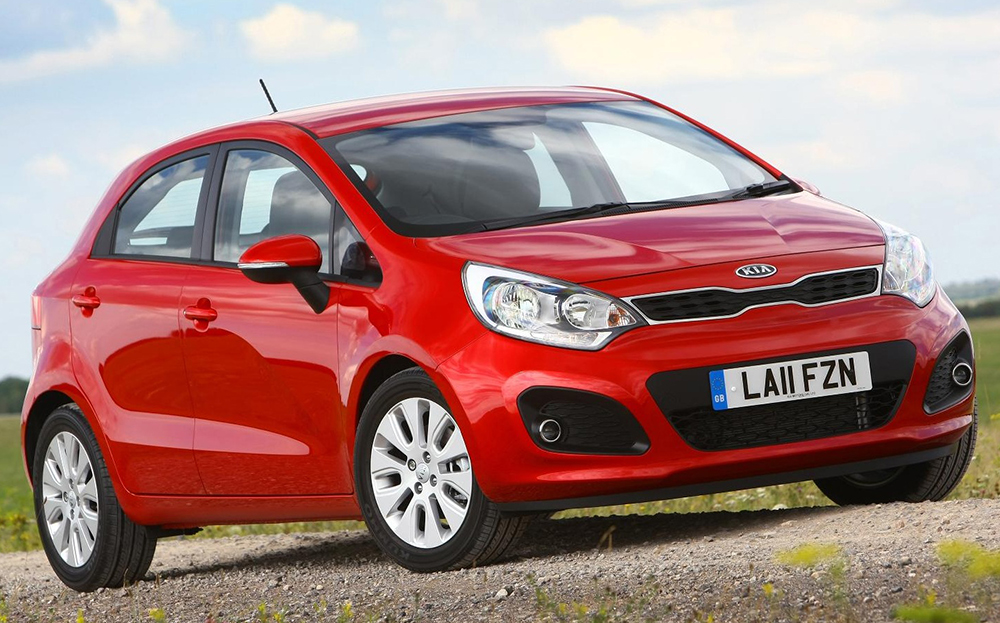
What you get: It may not be as good to drive as a Ford Fiesta, but it comes with a total of seven years cover. This is unlimited in mileage for the first three years, then restricted to 100,000 miles until the end of the seventh year. The warranty can be transferred to any subsequent owner.
What you don’t get: There’s only one year of breakdown assistance provided – compared with five for Hyundai’s warranty, below. The seven-year warranty doesn’t apply to all components of the car; the battery and air conditioning are only covered for two years, and the audio system is covered for three.
Search Driving for a used Kia Rio
2. Hyundai i20
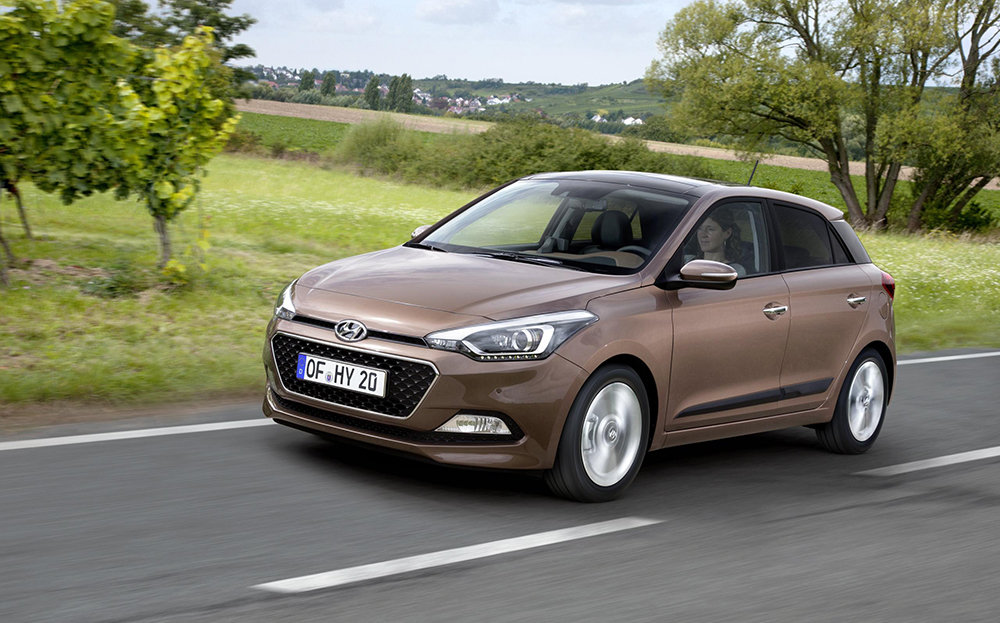
What you get: An affordable supermini that’s a bit short on flair. Still, it has a five-year warranty and breakdown recovery without any mileage restrictions. So drivers who cover over 20,000 miles a year could find that Hyundai’s warranty is actually even more valuable than Kia’s seven-year, 100,000-mile warranty. It’s transferable to the next owner, too.
What you don’t get: There is an extensive list of restrictions here but highlights, as such, include just two years cover for the battery, clutch and the engine’s V belt. Most suspension components are restricted to a 60,000-mile limit within the five-year period.
Read Driving’s review of the Hyundai i20 or search for a used i20 here
3. Toyota Yaris
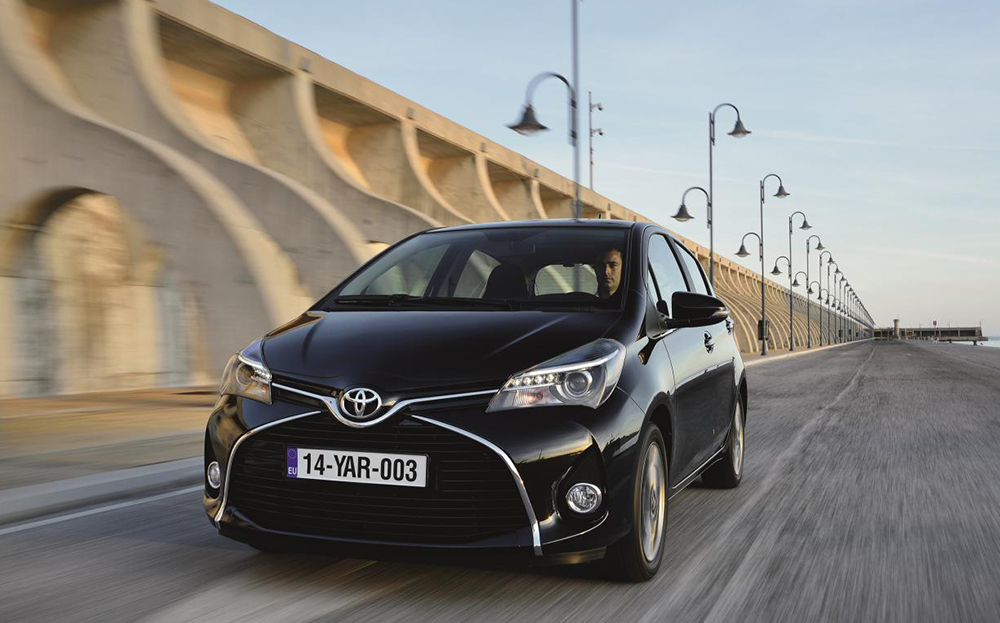
What you get: A five-year warranty which has no mileage restrictions in the first year and then reverts to a 100,000 miles limit. It could make the Yaris more appealing than a Volkswagen Polo for some buyers, and is also transferable.
What you don’t get: Breakdown cover only lasts for the first year. Toyota says there are no specific warranty exclusions other than wear and tear. So if a manufacturing defect contributed to an item failing, it would cover the full cost without restrictions.
Read Driving’s review of the Toyota Yaris or search for a used Yaris here
4. Renault Clio
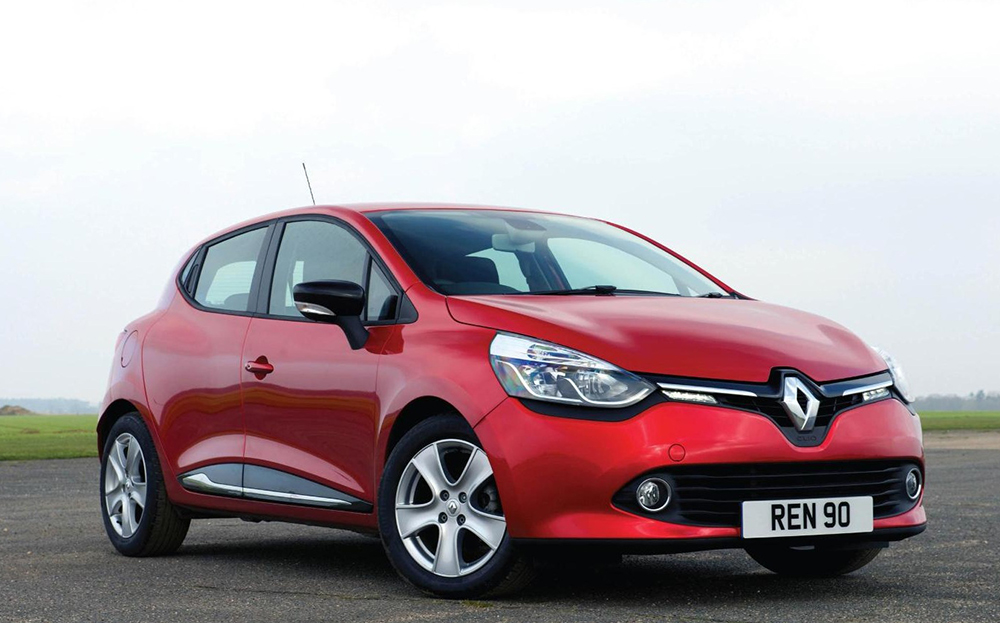
What you get: A four-year warranty which has no mileage restrictions in the first two years, and is then limited to 100,000 miles. First introduced in 2012, the cover is transferable if you sell the car. Also included is four years’ breakdown assistance.
What you don’t get: Wear and tear is the only caveat to Renault’s four-year warranty. The company says its dealers are responsible for establishing whether a manufacturing or assembly defect is responsible for a failure.
Read Driving’s review of the Renault Clio or search for a used Clio here
Hot hatchbacks and coupés
1. Toyota GT86
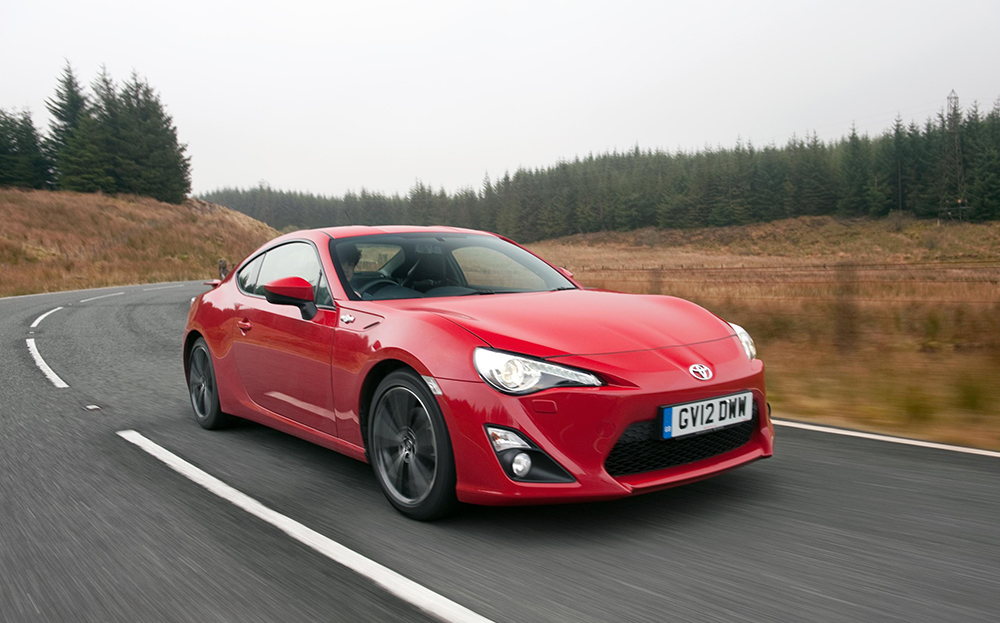
What you get: As well as being a hoot to drive, the GT86 comes with a five-year warranty which has no mileage restrictions in the first year, and then reverts to a 100,000 miles limit. Let’s put that into context: even Porsche, reputed to build some of the world’s most robust sports cars, offers only two years’ protection on its new models.
What you don’t get: Breakdown recovery only lasts for the first year, two less than the Subaru BRZ. There are no specific exclusions other than wear and tear. So if a manufacturing defect contributed to an item failing, Toyota would cover the full cost without restrictions.
Read Driving’s review of the Toyota GT86 or search for a used GT86 here
2. Subaru BRZ
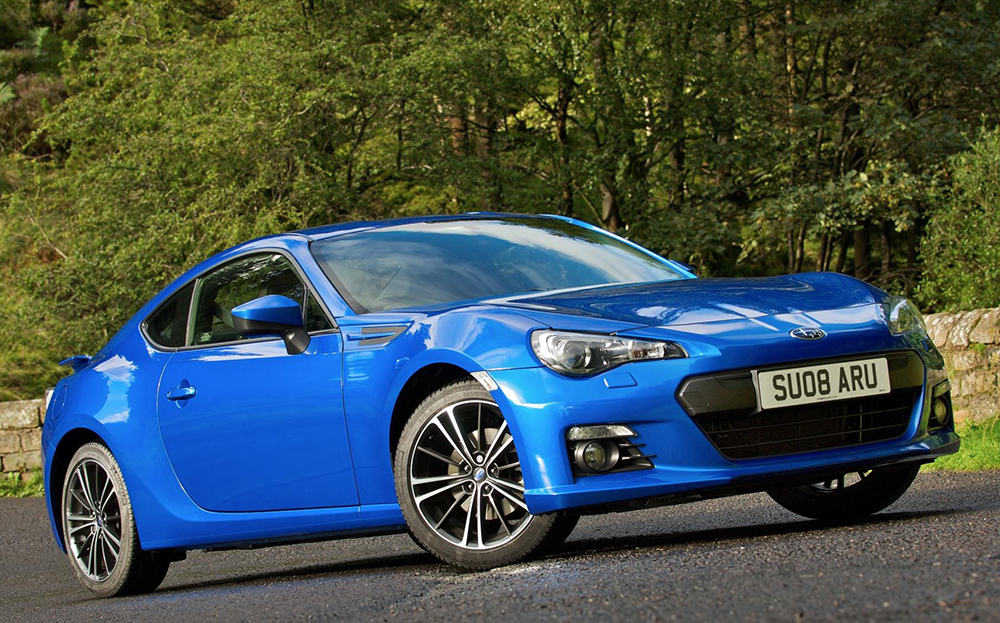
What you get: Subaru has confidence in the BRZ. Like the mechanically identical Toyota GT86, it comes with a five-year warranty. However, there’s an important difference: Subaru offers a manufacturer’s warranty in the first three years up to a maximum mileage of 60,000, then switches to the importer’s warranty to take it to five years or 100,000 miles.
What you don’t get: The Japanese car maker says its warranty is “bumper to bumper” and lists the only exclusion as the clutch plate. The breakdown cover runs for three years, not five.
Read Driving’s review of the Subaru BRZ or search for a used BRZ here
3. Renaultsport Mégane
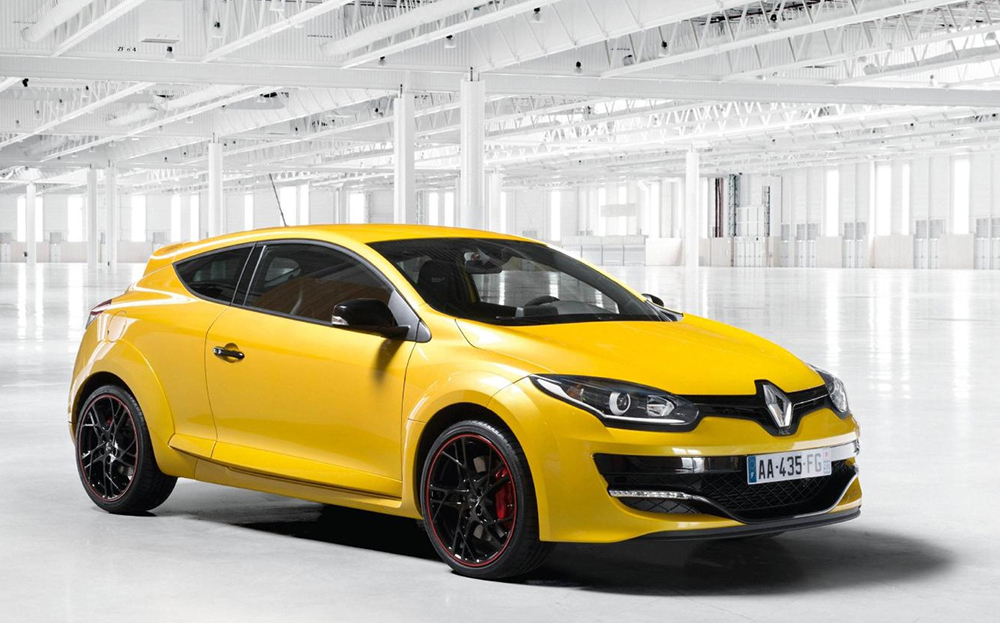
What you get: As if the Renaultsport Mégane weren’t thrilling enough to tempt drivers to sign on the line, it comes with Renault’s four-year warranty, too, which has no mileage restrictions in the first two years, and is then limited to 100,000 miles. It’s transferable if you sell the car, and there is four years’ breakdown cover included.
What you don’t get: Wear and tear is the only caveat to Renault’s four-year warranty. The company says its dealers are responsible for establishing whether a manufacturing or assembly defect is responsible for a failure.
Read Driving’s review of the Renaultsport Megane or search for a used Renaultsport Megane here
MPVs
1. Kia Carens
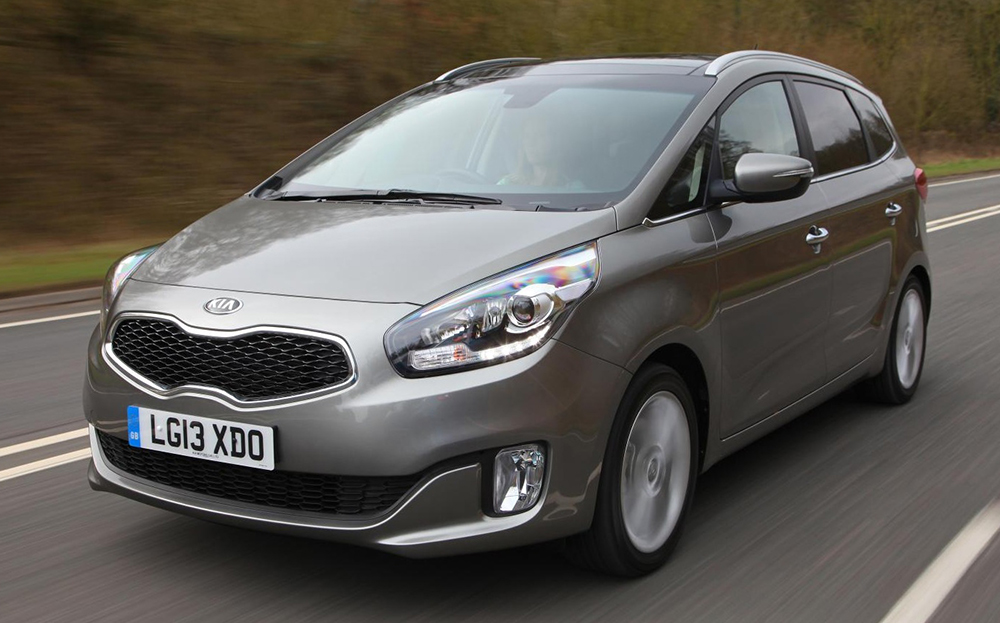
What you get: It’s not the most spacious or practical MPV by any stretch but it will accommodate three child seats in the back, and comes with Kia’s tempting seven-year warranty. This is unlimited in mileage for the first three years, then restricted to 100,000 miles until the end of the seventh year. The warranty can be transferred to any subsequent owner.
What you don’t get: There’s only one year of breakdown assistance provided. The seven year warranty doesn’t apply to all components of the car; the battery and air conditioning are only covered for two years, and the audio system is covered for three.
Read Driving’s review of the Kia Carens or search for a used Carens here
2. Toyota Verso and Prius+
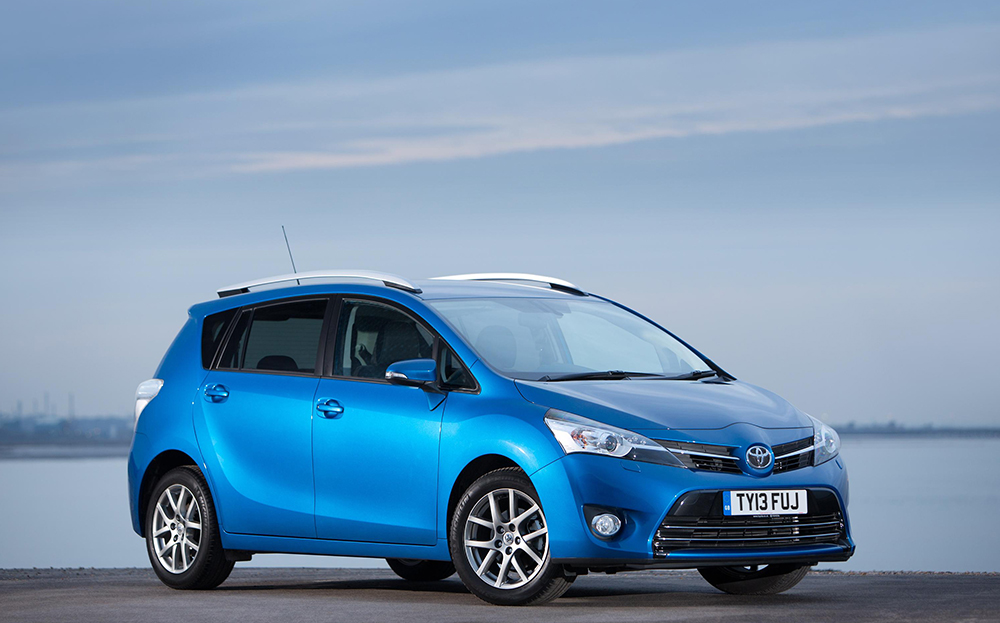
What you get: The Verso and Prius+ are no better than Citroën’s excellent C4 or the Ford C-Max, bar one important detail: their five-year warranty. There are no mileage restrictions in the first year and after that there is a 100,000-mile limit. It’s also transferable.
What you don’t get: There are no specific exclusions other than wear and tear. So if a manufacturing defect contributed to an item failing, Toyota would cover the full cost without restrictions. Shame it doesn’t stretch to more than a year’s breakdown assistance, however.
Read Driving’s review of the Toyota Verso or search for a used Verso here
3. Renault Captur and Renault Scenic
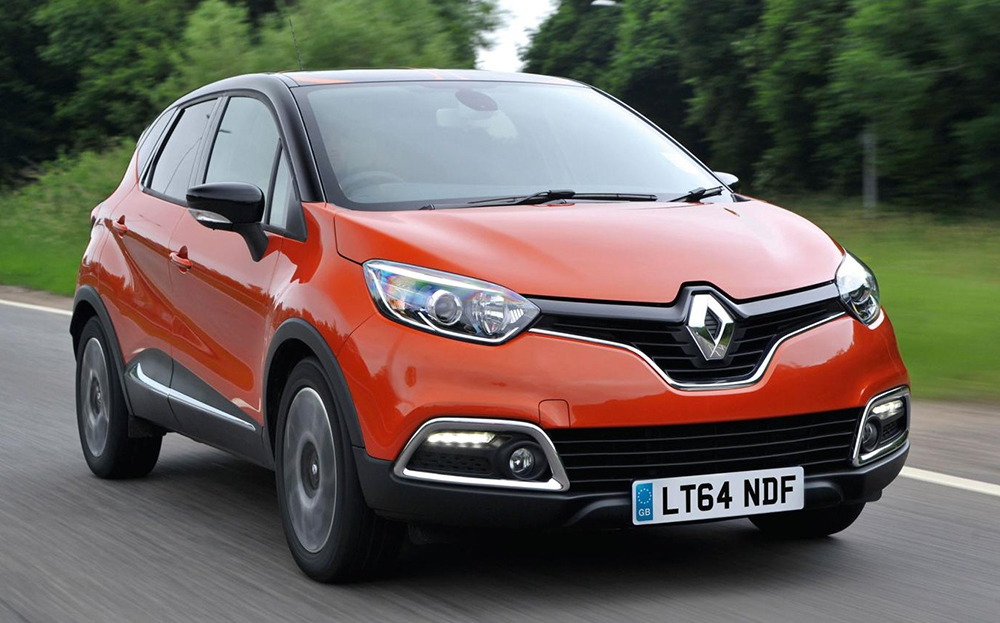
What you get: The Captur is an affordable, practical MPV that has the more popular styling of an SUV, whereas the Scenic is good old-fashioned MPV. Both come with Renault’s four-year warranty, which has no mileage restrictions in the first two years but is then limited to 100,000 miles. It’s transferable if you sell the car, and there is four years’ breakdown cover included.
What you don’t get: Wear and tear is the only caveat to Renault’s four-year warranty. The company says its dealers are responsible for establishing whether a manufacturing or assembly defect is responsible for a failure.
Read Driving’s review of the Renault Captur or search for a used Captur or a used Scenic
Search for and buy your next car on driving.co.uk
Family cars
1. Kia cee’d
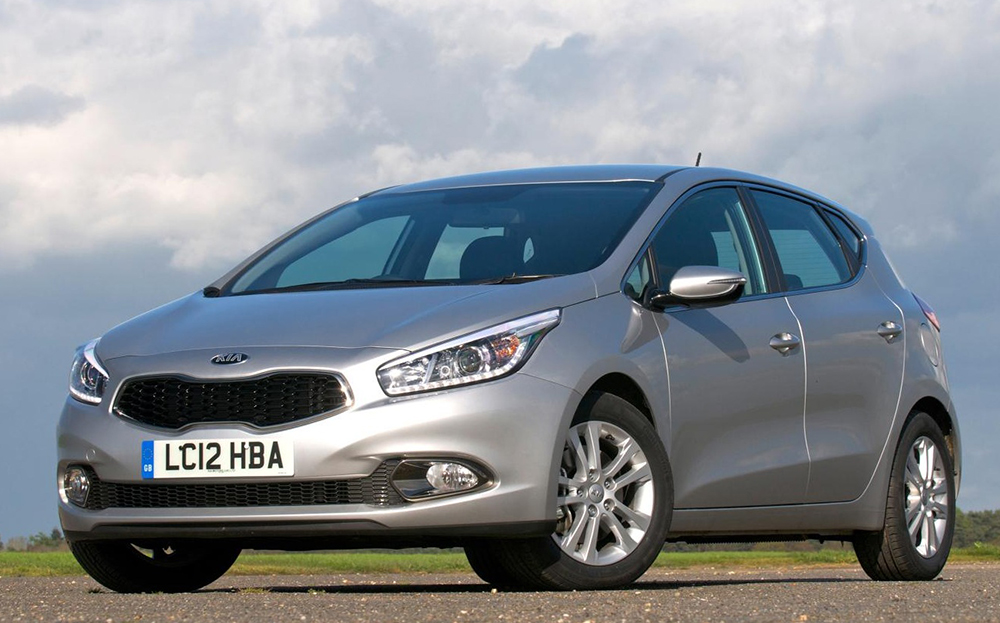
What you get: Former star of Top Gear, the cee’d is not the best car in its class but the seven-year warranty might make up for its shortcomings. This is unlimited in mileage for the first three years, then restricted to 100,000 miles until the end of the seventh year. The warranty can be transferred to any subsequent owner.
What you don’t get: There’s only one year of breakdown assistance provided. The seven-year warranty doesn’t apply to all components of the car; the battery and air conditioning are only covered for two years, and the audio system is covered for three.
Read Driving’s review of the Kia cee’d or search for a used cee’d here
2. Hyundai i30
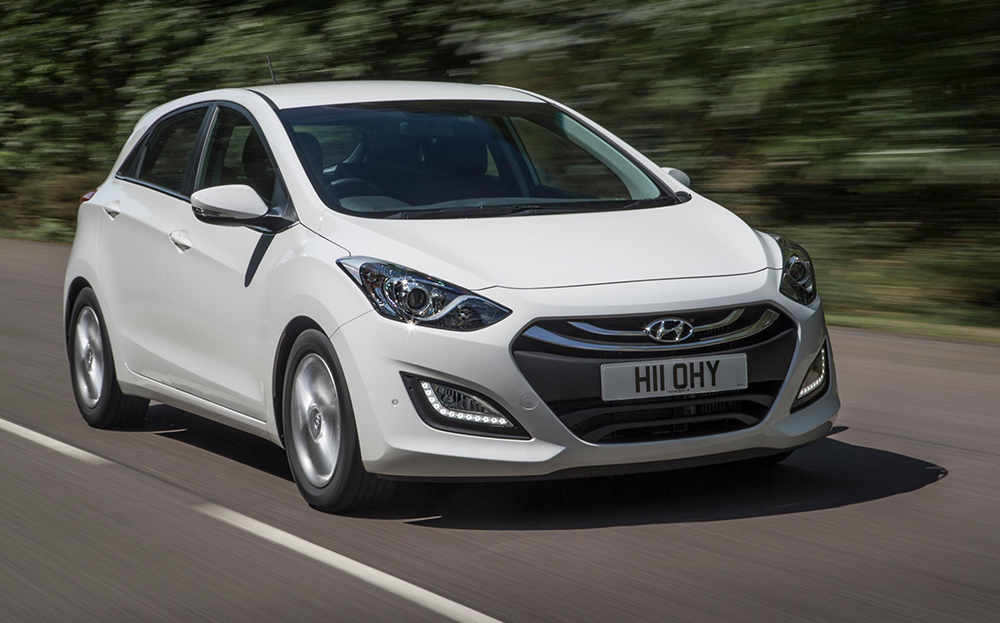
What you get: A good car and one that shows how much Hyundai has closed the gap on the VW Golf and Ford Focus. Its five-year warranty doesn’t have any mileage restrictions and includes five years’ breakdown assistance. It’s transferable to the next owner, too.
What you don’t get: There is an extensive list of restrictions here but highlights, as such, include just two years cover for the battery, clutch and the engine’s V belt. Most suspension components are restricted to a 60,000-mile limit within the five-year period.
3. Toyota Auris
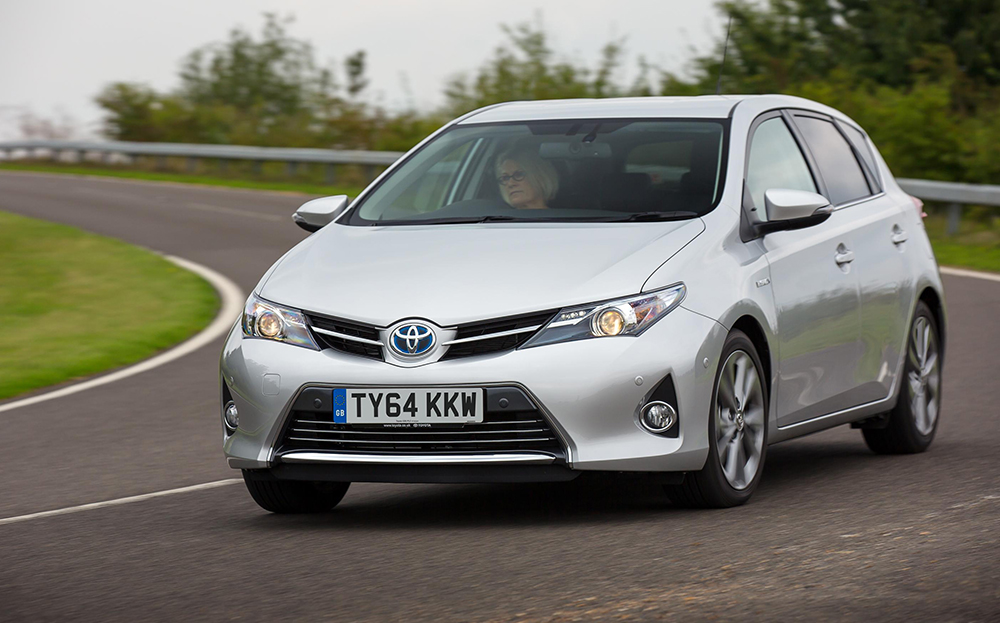
What you get: A comfortable, well made hatchback that doesn’t do excitement but at least has a five-year warranty which has no mileage restrictions in the first year, and then adopts a 100,000-mile limit.
What you don’t get: Breakdown recovery only lasts for the first year. There are no specific exclusions other than wear and tear. So if a manufacturing defect contributed to an item failing, Toyota would cover the full cost without restrictions.
Read Driving’s review of the Toyota Auris or search for a used Auris here
4. Renault Mégane
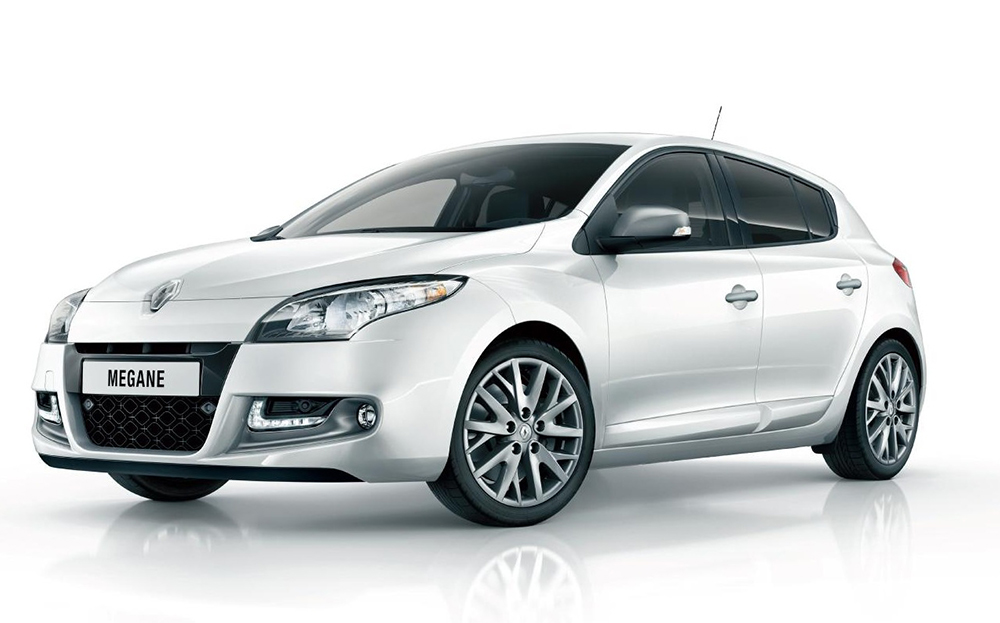
What you get: It’s getting on, the Mégane , but it rides and handles well enough, and there are good deals to be had. Renault provides a four-year warranty which has no mileage restrictions in the first two years, and is then limited to 100,000 miles. It’s transferable if you sell the car, and there is four years’ breakdown cover, too.
What you don’t get: Wear and tear is the only caveat to Renault’s four-year warranty. The company says its dealers are responsible for establishing whether a manufacturing or assembly defect is responsible for a failure.
Read Driving’s review of the Renault Megane or search for a used Megane here
Large family cars
1. Kia Optima
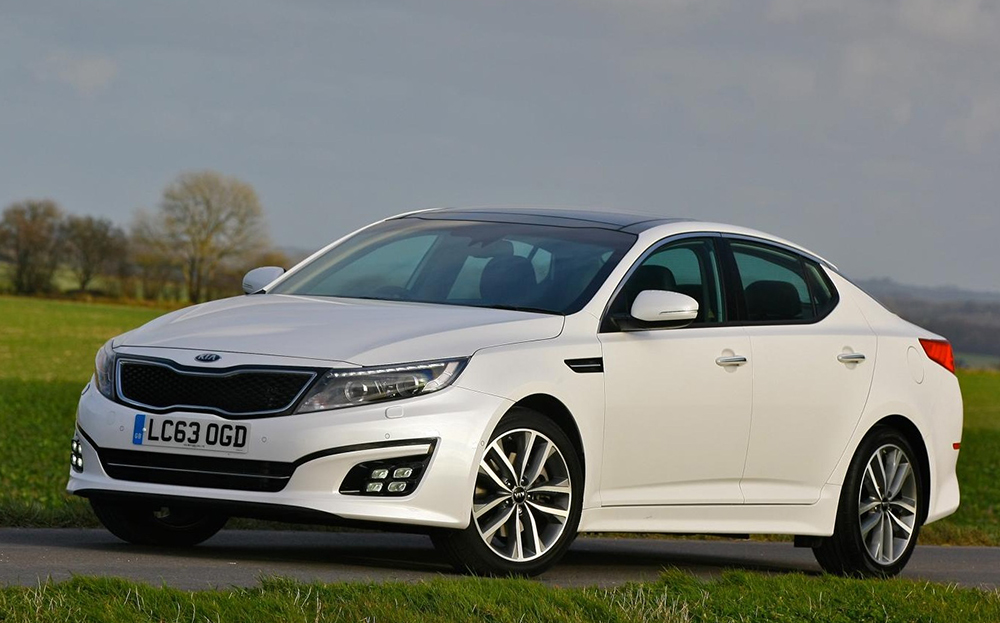
What you get: None of the high class of a German car or the driving appeal of a Ford, and only a solitary diesel engine, but the Optima is handsome enough and has a fuss-free interior. Its trump card is Kia’s seven-year warranty. This is unlimited in mileage for the first three years, then restricted to 100,000 miles until the end of the seventh year. The warranty can be transferred to any subsequent owner.
What you don’t get: There’s only one year of breakdown assistance provided. The seven-year warranty doesn’t apply to all components; the battery and air conditioning are only covered for two years, and the audio system is covered for three.
Read Driving’s review of the Kia Optima or search for a used Optima here
2. Hyundai i40
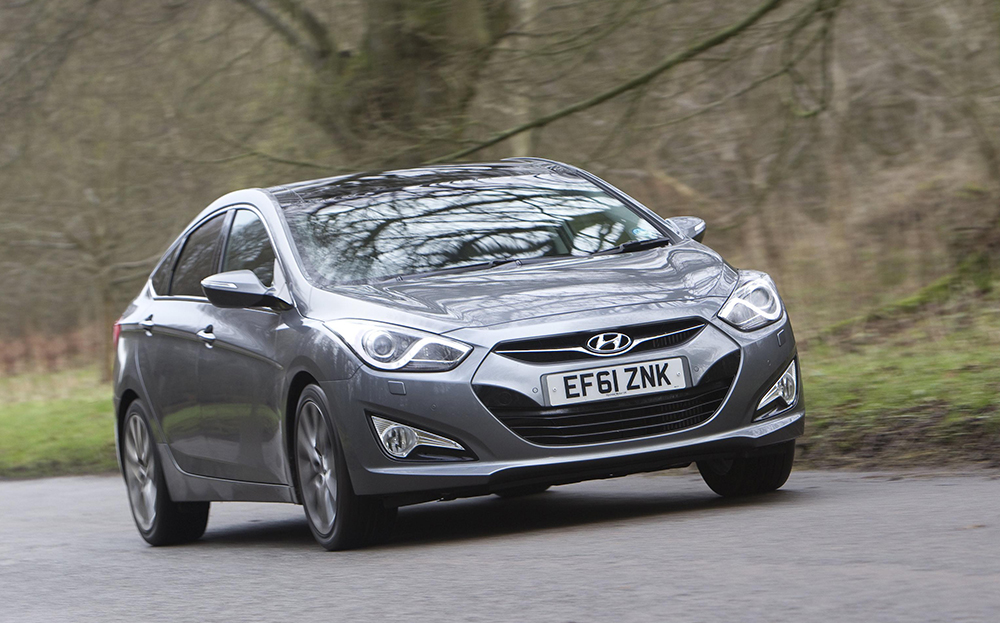
What you get: It’s competitively priced and equally competitive to tax for company car drivers, but do they care as much as a private customer about Hyundai’s five-year warranty? It doesn’t have any mileage restrictions and includes five years’ breakdown assistance. It’s transferable to the next owner, too.
What you don’t get: There is an extensive list of restrictions here but highlights, as such, include just two years’ cover for the battery, clutch and the engine’s V belt. Most suspension components are restricted to a 60,000-mile limit within the five-year period.
Read Driving’s review of the Hyundai i40 or search for a used i40 here
3. Toyota Avensis
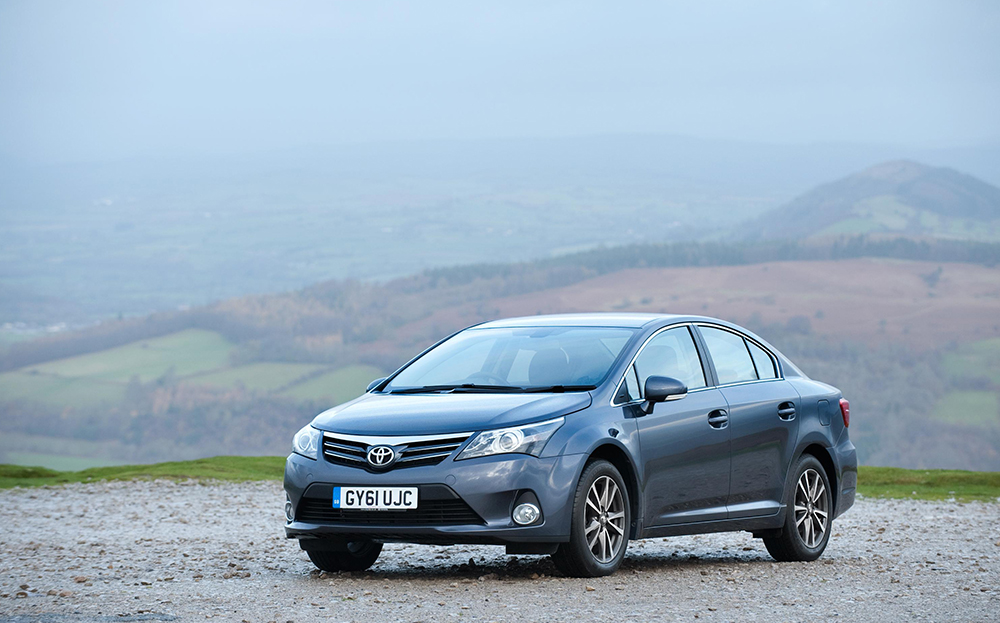
What you get: This is an uncompetitive car, so it badly needs the incentive of a five-year warranty to spark interest among drivers. There are no mileage restrictions in the first year and the warranty then reverts to a 100,000-mile limit.
What you don’t get: Breakdown recovery only lasts for the first year. There are no specific exclusions other than wear and tear. So if a manufacturing defect contributed to an item failing, Toyota would cover the full cost without restrictions.
Read Driving’s review of the Toyota Avensis or search for a used Avensis here
4. Subaru Outback
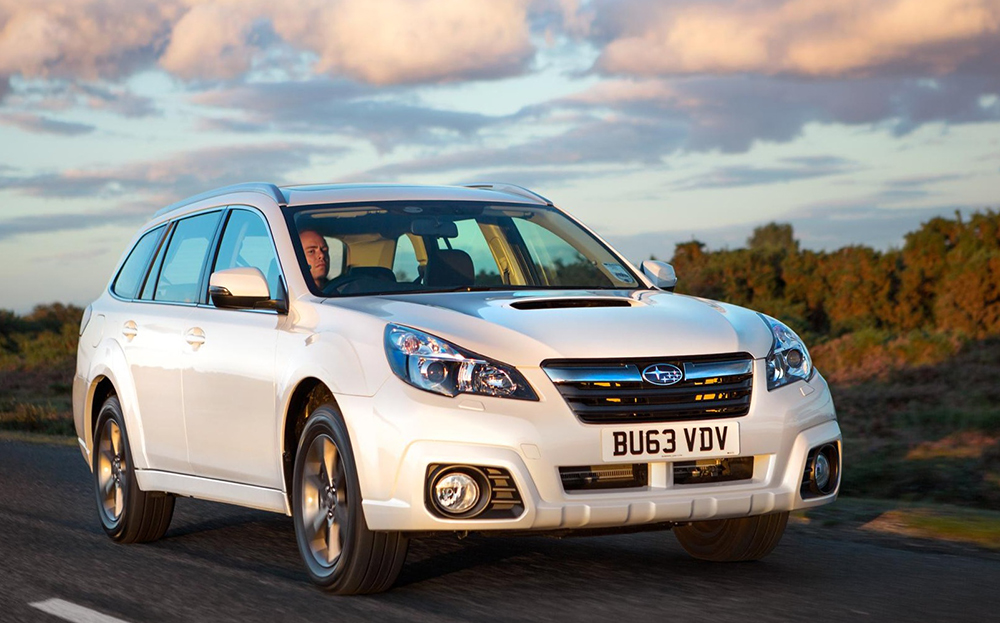
What you get: A four-wheel-drive estate that makes a great workhorse. Subaru provides five years of cover, albeit with a manufacturer’s warranty in the first three years (up to a maximum mileage of 60,000), then an importer’s warranty to take it to five years (or 100,000 miles).
What you don’t get: The Japanese car maker says its warranty is “bumper to bumper” and lists the only exclusion as the clutch plate. The breakdown cover runs for three years, not five.
Read Driving’s review of the Subaru Legacy or search for a used Legacy here
4x4s & SUVs
1. Kia Soul, Sportage and Sorento
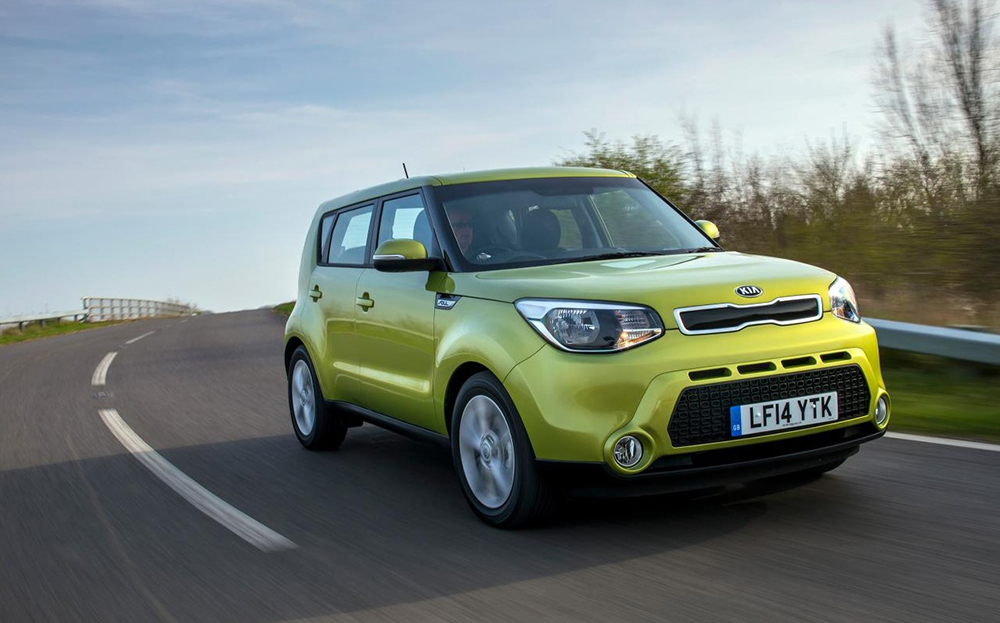
What you get: The Soul is a little smasher, well worth considering alongside the Nissan Qashqai, especially given its long warranty. The Sportage looks good, but isn’t particularly good to drive, and the Sorento is something of a big brute with seven seats. Kia’s seven-year warranty is unlimited in mileage for the first three years, then restricted to 100,000 miles until the end of the seventh year. The warranty can be transferred to any subsequent owner.
What you don’t get: There’s only one year of breakdown assistance provided. The seven-year warranty doesn’t apply to all components of the car; the battery and air conditioning are only covered for two years, and the audio system is covered for three.
Read Driving’s review of the Kia Soul or Sportage or search for a used Soul or a used Sportage
2. Hyundai ix35 and Santa Fe
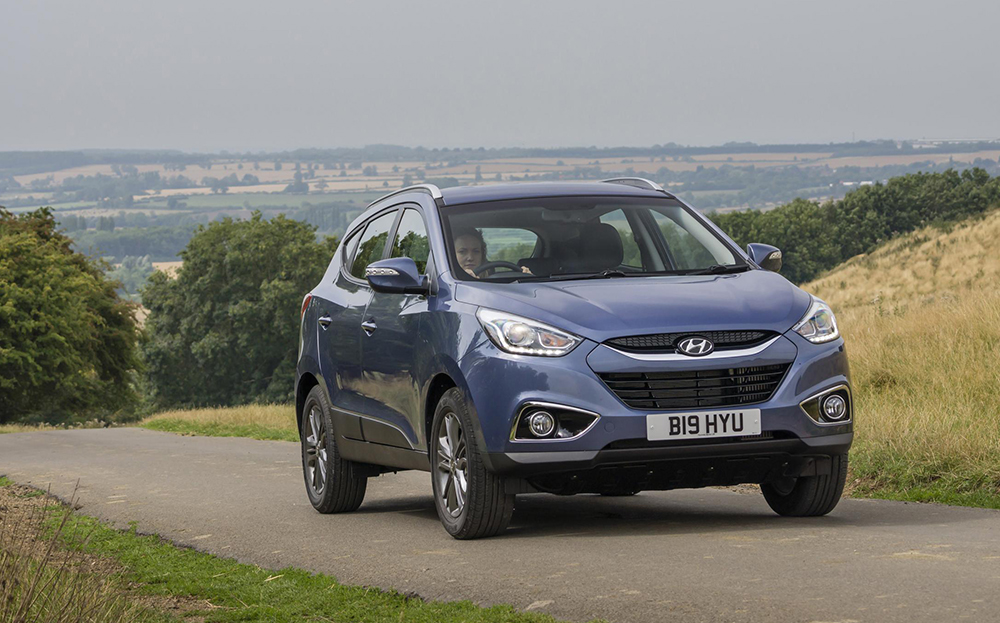
What you get: The ix35 is far from the best of the hugely popular breed of compact SUVs, and the bigger Santa Fe is about to be replaced. So is Hyundai’s five-year warranty enough to swing it over better competition? It doesn’t have any mileage restrictions and includes five years’ breakdown assistance. It’s transferable to the next owner, too.
What you don’t get: There is an extensive list of restrictions here but highlights, as such, include just two years’ cover for the battery, clutch and the engine’s V belt. Most suspension components are restricted to a 60,000-mile limit within the five-year period.
Read Driving’s review of the Hyundai iX35 or Santa Fe or search for a used iX35 or used Santa Fe
3. SsangYong Korando
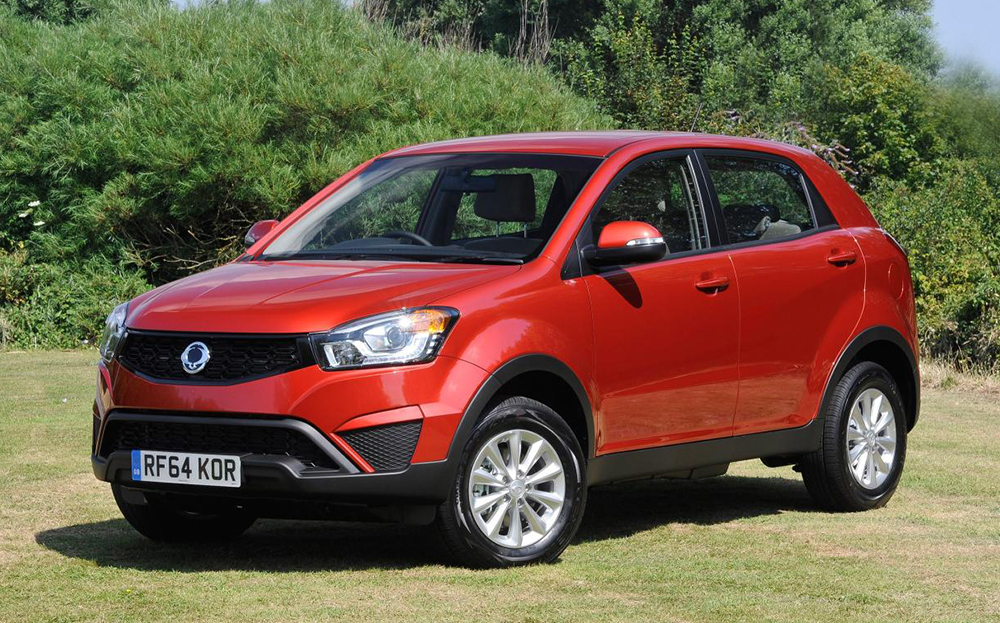
What you get: We’ve described the Korando as an honest workhorse amid show ponies, and that pretty much says it all. This is a hardy, hard-working 4×4 that can breeze the school run then hit the hills. It comes with a five-year warranty that’s free from mileage restrictions.
What you don’t get: The clutch discs and brake friction materials are only covered for the first year, and the battery for three years. Breakdown assistance lasts just a year.
Search for a used SsangYong Korando here
4. Toyota RAV4 and Land Cruiser
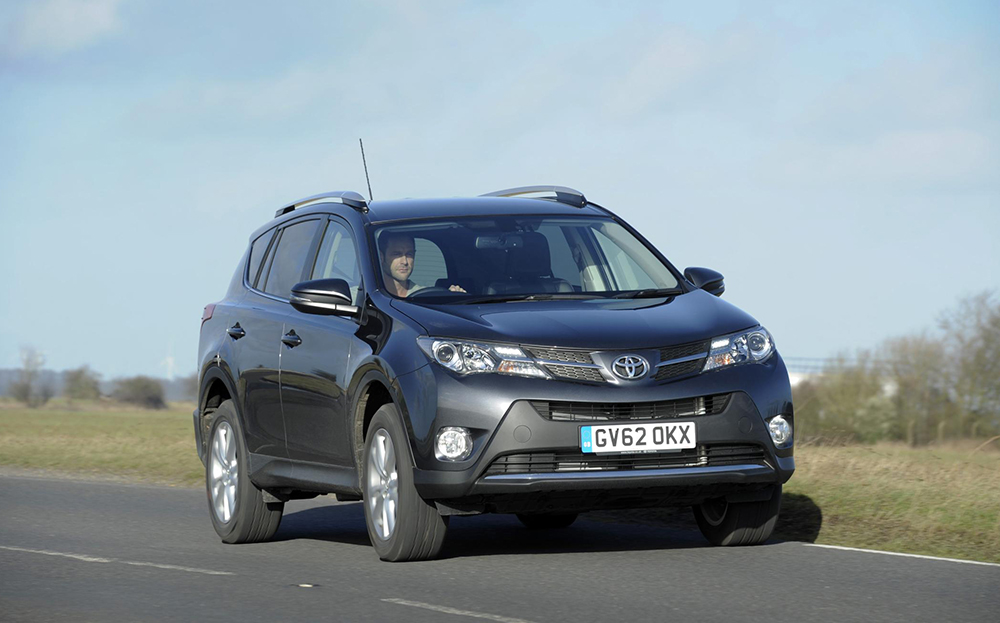
What you get: The RAV4 has slipped behind Nissan’s new Qashqai, and the Land Cruiser will come as quite a shock to Range Rover drivers, but both come with the benefit of a five-year warranty. There are no mileage restrictions in the first year and the warranty then reverts to a 100,000 miles limit.
What you don’t get: Breakdown recovery only lasts for the first year. There are no specific exclusions other than wear and tear. So if a manufacturing defect contributed to an item failing, Toyota would cover the full cost without restrictions.
Read Driving’s review of the Toyota RAV4 or the Land Cruiser or search for a used RAV4 or used Land Cruiser
5. Subaru Forester and XV
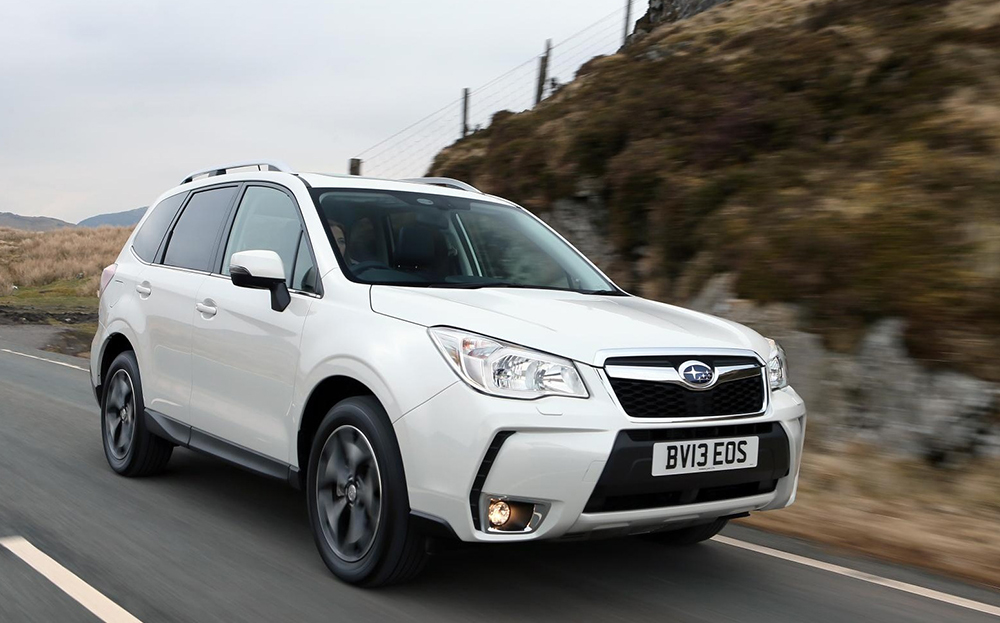
What you get: Neither of these cars is at the top of their game, so you need to be a Subaru devotee to buy a new one. Better to buy a two-year-old model and enjoy three years of cover, as the company provides five years from new.
What you don’t get: The Japanese car maker says its warranty is “bumper to bumper” and lists the only exclusion as the clutch driven plate. The breakdown cover runs for three years, not five.
Read Driving’s review of the Subaru Forester and XV or search for a used Forester or a used XV
Sports cars and convertibles
1. Ferrari California T and 458 Italia/Spider
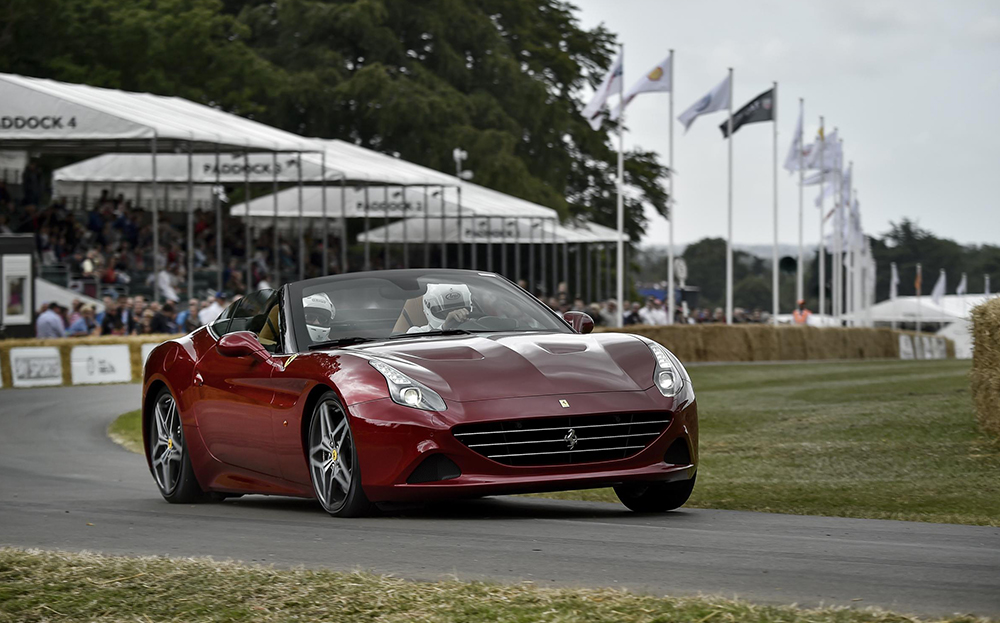
What you get: The California recently gained a T, for turbo, and changed for the better over the old model, and the 458 remains the most thrilling and useable sports car on the road. As standard, Ferrari offers a four-year warranty on all new models – double that provided by Porsche – and breakdown assistance. The warranty for the powertrain can be extended, at a cost, to as much as 12 years’ protection.
What you don’t get: The only exclusions are for oil seals, and oil and coolant leaks. Heck, Ferrari even includes seven years’ servicing with its new cars these days…
Read Driving’s review of the California T and 458 Italia or search for a used California or a used 458 Italia
2. Lamborghini Huracán LP610-4
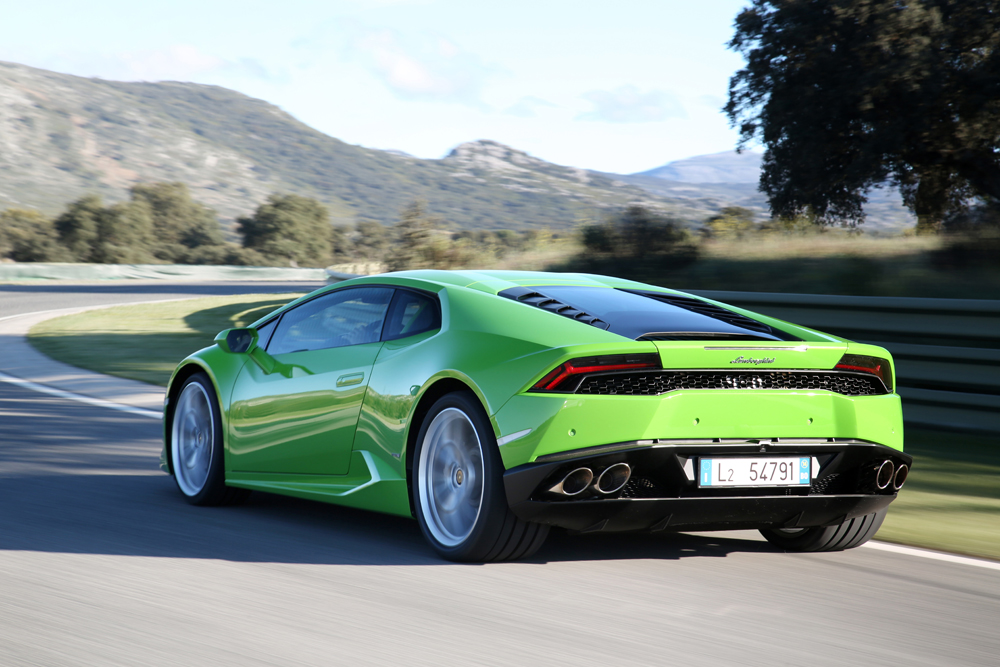
What you get: Not to be totally outdone by Ferrari, Lamborghini offers a four-year, unlimited mileage warranty with its new cars, so Huracán drivers indulging in the 8,250rpm red line of the V10 engine can rest easy. It comes with four years of ‘Lamborghini Assist’ too.
What you don’t get: The only exclusions are wear and tear…
Read Driving’s review of the Huracán and or search for a used Huracán here
3. Renault Mégane coupé cabriolet
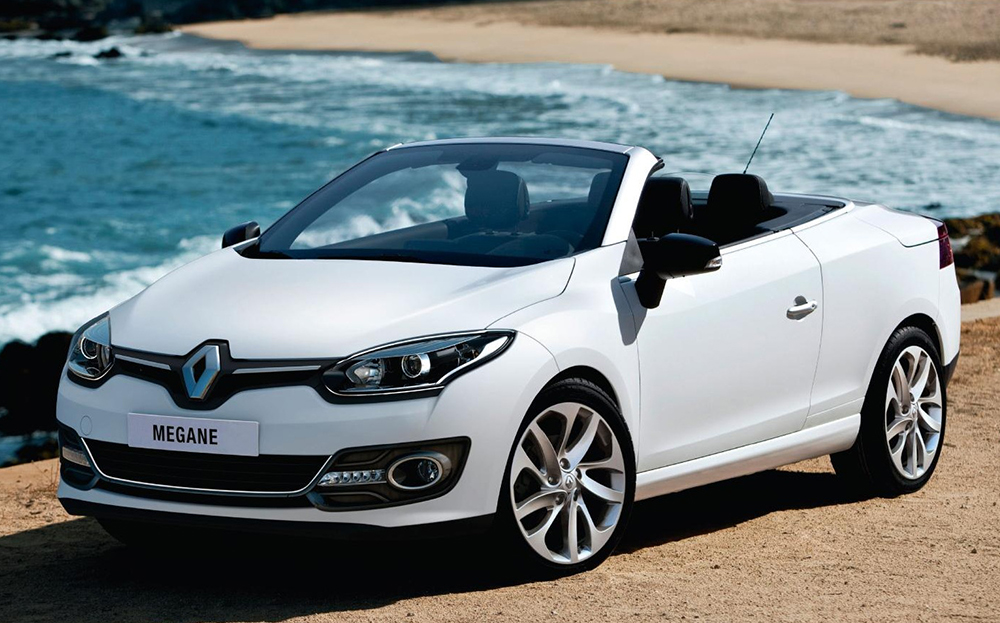
What you get: It’s getting on, the Mégane, but if you want a convertible with a folding hard roof and a long warranty, look no further. Renault provides a four-year warranty which has no mileage restrictions in the first two years, and is then limited to 100,000 miles. It’s transferable if you sell the car, and there is four years’ breakdown cover, too.
What you don’t get: Wear and tear is the only caveat to Renault’s four-year warranty. The company says its dealers are responsible for establishing whether a manufacturing or assembly defect is responsible for a failure.
Read Driving’s review of the Renault Megane or search for a used Megane here
Supercars
1. Ferrari FF and F12
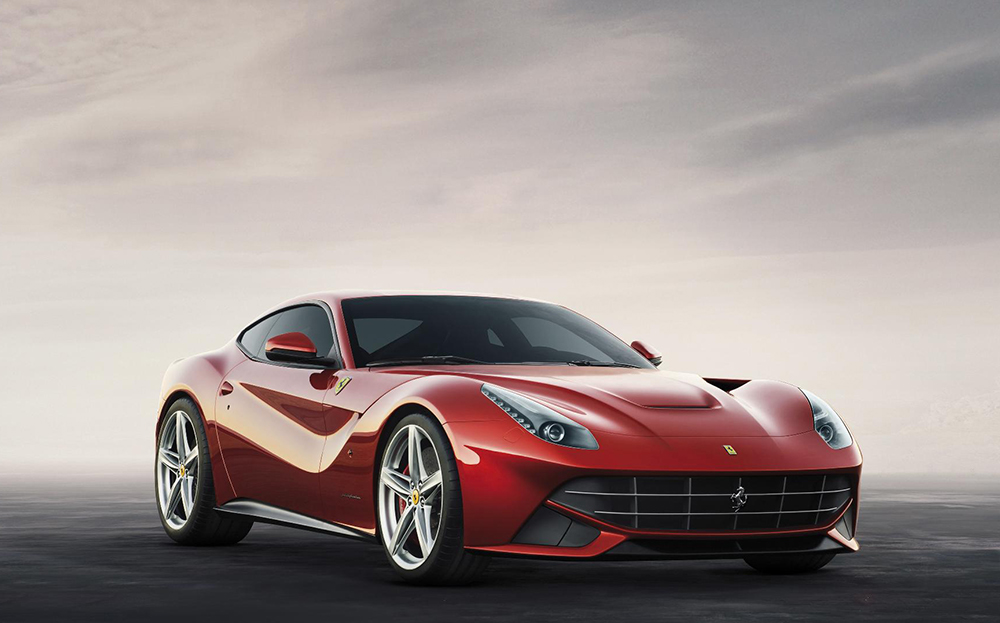
What you get: These are two of the fastest, baddest, brain-bending V12-powered supercars on the road, yet Ferrari is happy to supply each with a four-year warranty as standard. The warranty for the powertrain can be extended, at a cost, to as much as 12 years’ protection.
What you don’t get: The only exclusions are for oil seals, and oil and coolant leaks. Heck, Ferrari even includes seven years’ servicing with new cars these days…
Read Driving’s review of the Ferrari FF and the F12 or search for a used FF or a used F12
2. Lamborghini Aventador LP700-4
What you get: Probably the most thrilling, big bruiser of a supercar going. Lamborghini offers a four-year, unlimited mileage warranty with its new cars, and lord knows how much better that must help owners of the big V12 mid-engined monster sleep at night. It comes with four years of ‘Lamborghini Assist’ too.
What you don’t get: The only exclusions are wear and tear…
Read Driving’s review of the Aventador and or search for a used Aventador here
Electric & hybrid cars
1. Tesla Model S
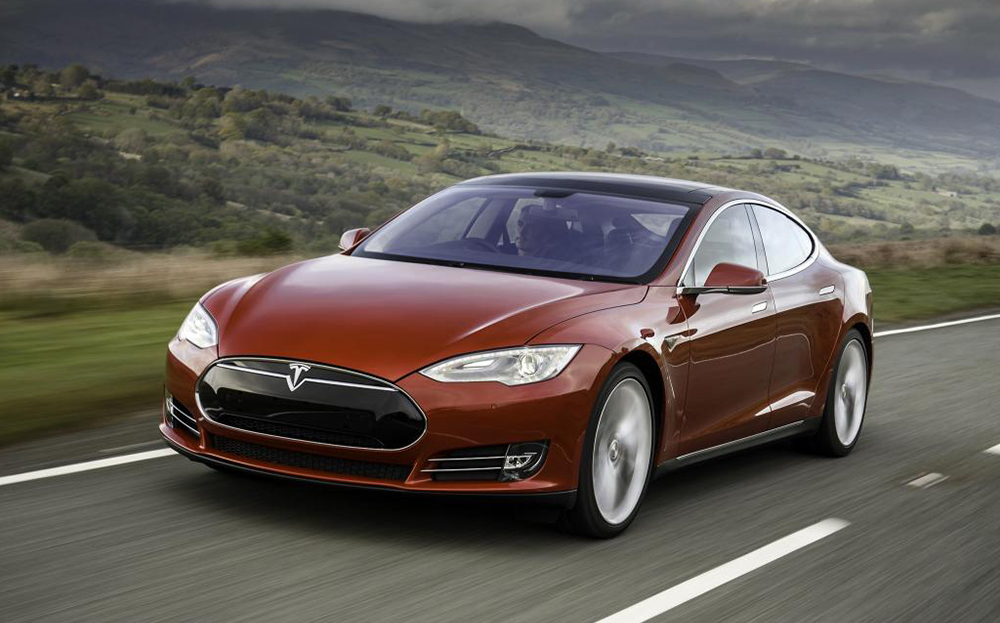
What you get: The Model S is one of the most sophisticated cars on the road, so it’s little wonder Tesla recently improved the model’s warranty package. It is now covered for four years or 50,000 miles, but the battery and drive unit have a warranty that lasts eight years, and either 125,000 miles or without restriction, depending on whether you buy the 60 kWh or 85 kWh version. Breakdown assistance lasts for the four-year period.
What you don’t get: Tesla told Driving its UK warranty didn’t cover wear and tear. But other than that, there are said to be no specific restrictions.
Read Driving’s review of the Tesla Model S
2. Toyota Yaris Hybrid, Auris Hybrid and Prius
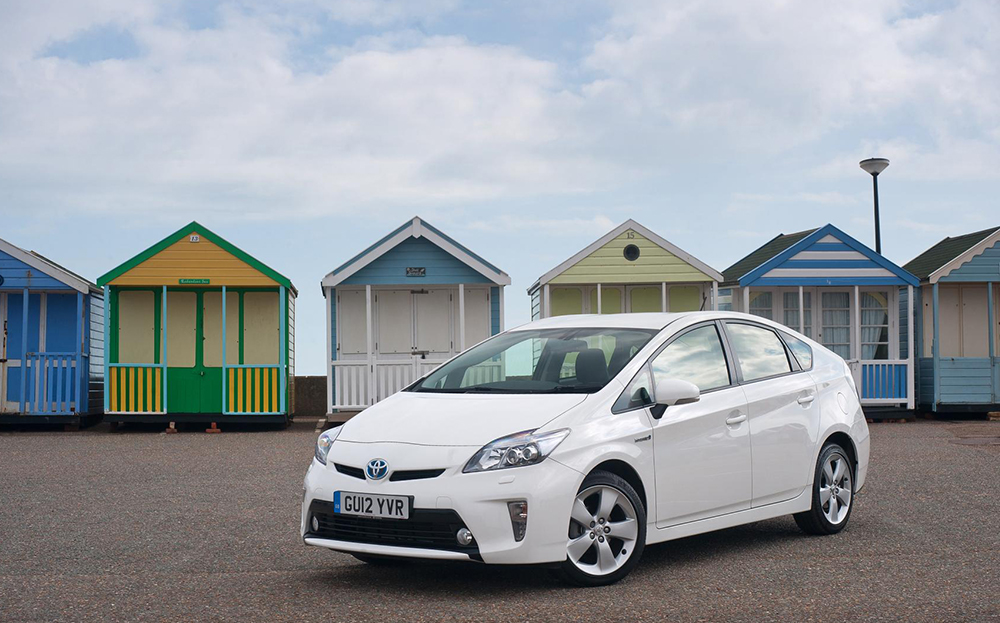
What you get: The Yaris, Auris and Prius hybrid models can be a good alternative to a diesel-powered car, but you need to do your sums carefully. They all have a five-year warranty – two years more, for example, than BMW offers with its i3 or Audi with the A3 e-tron. There are no mileage restrictions in the first year and the warranty then reverts to a 100,000 miles limit. You can extend the battery warranty to 11 years, so long as the car has an annual inspection at a Toyota dealer.
What you don’t get: Breakdown recovery only lasts for the first year. There are no specific exclusions other than wear and tear. So if a manufacturing defect contributed to an item failing, Toyota would cover the full cost without restrictions.
Read Driving’s comprehensive buying guide to the Toyota Prius or search for a used Prius here
Search for and buy your next car on driving.co.uk


